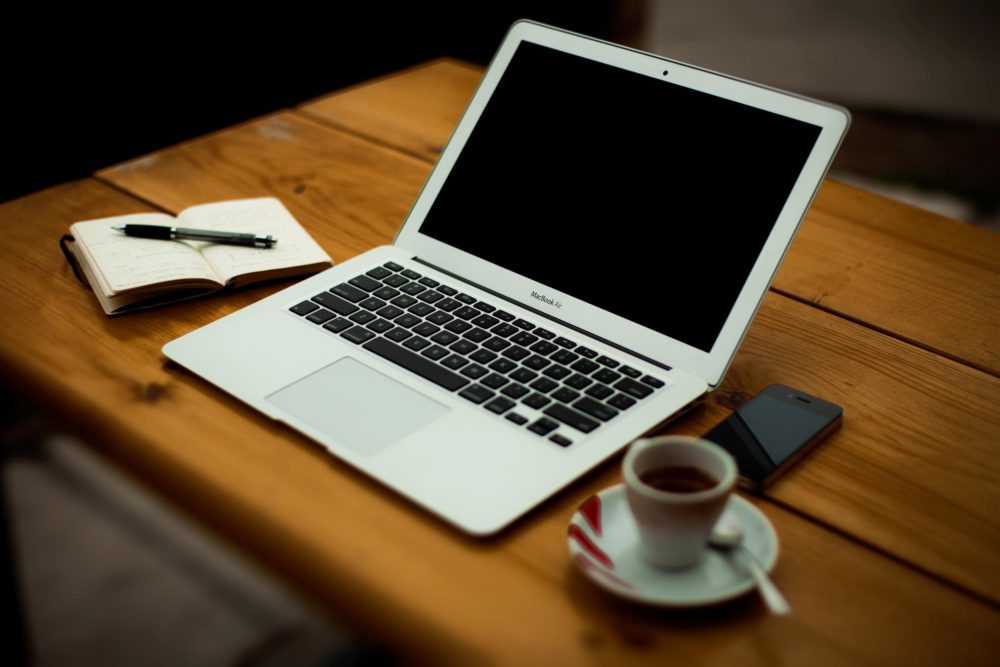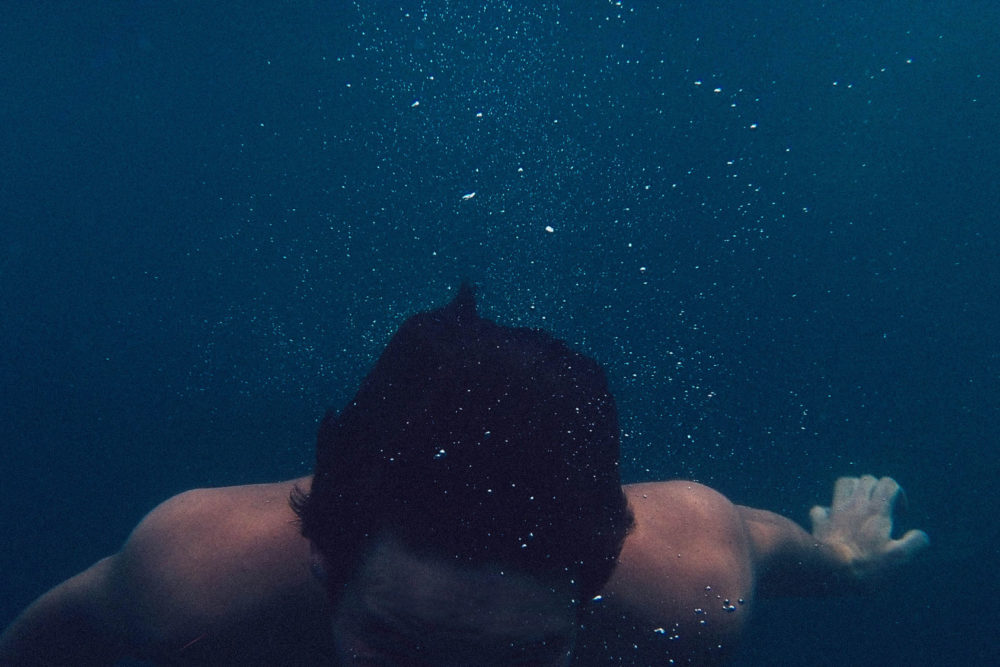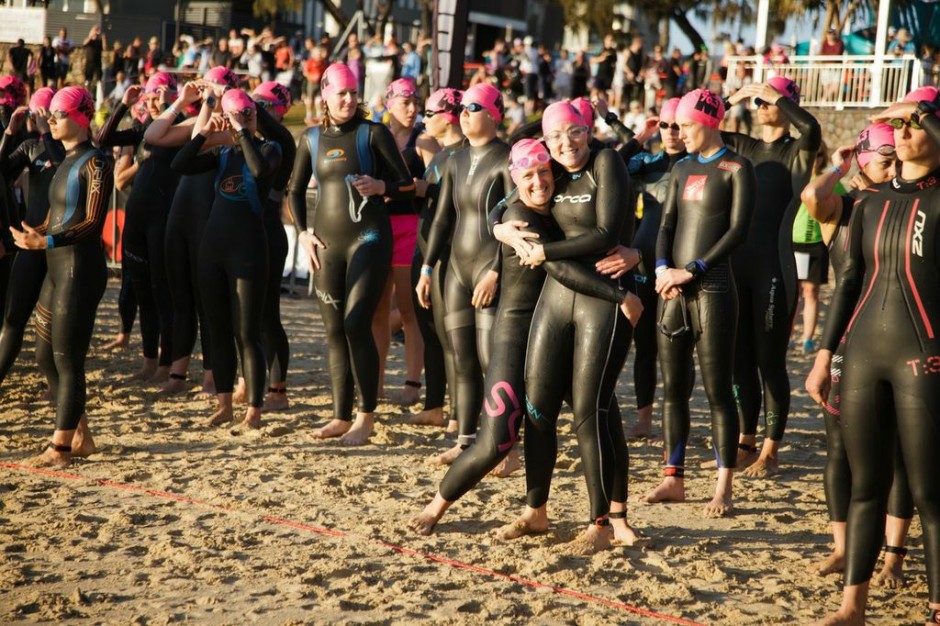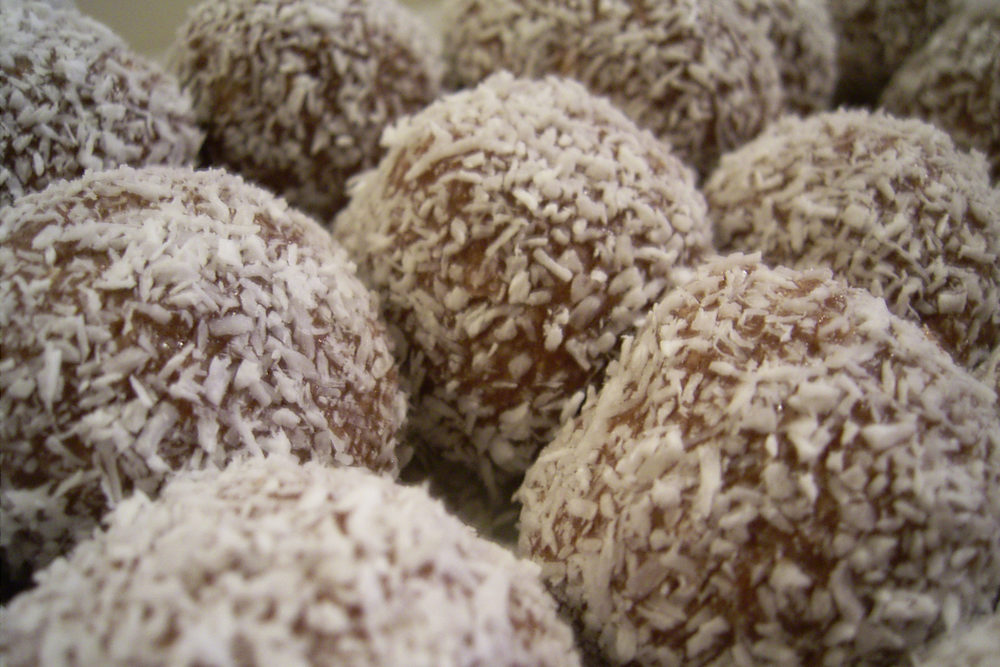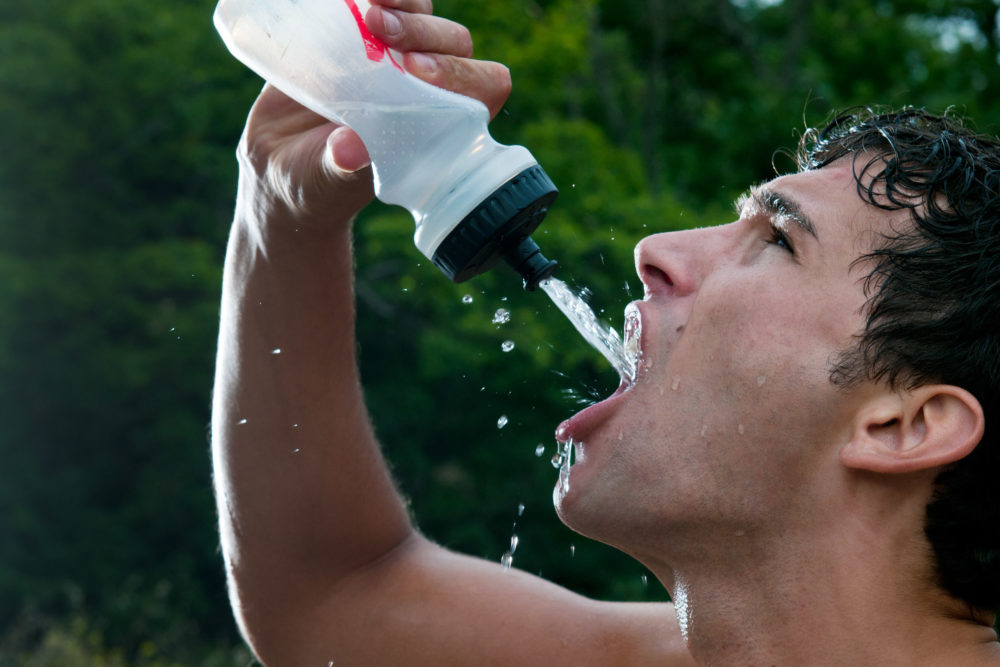
Think pilates is ‘just for girls’? Think again!
Pilates powers up all of the core components needed for good running, cycling or swimming.
If you need to loosen up your back and shoulders, expand your chest, extend your hips, activate your glutes or improve your footwork, here’s how Pilates can help.
Pilates benefits for Athletes
Upper Back Extension and Rotation: Doing movements that help open up and mobilize your thoracic spine (upper/mid back) will help keep you upright. Extension and rotation of the thoracic spine help by loosening tight muscles and increasing your range of motion (think about the aero position on your bike!). Your spine needs to be able to rotate well to counter balance your running stride for example. A Pilates workout always includes spinal mobility.
Chest Expansion: By opening up your chest, not only are you giving your body a shot at more efficient respiration, but you are also increasing your arm swing range of motion. Efficient breathing is a key component of a Pilates practice, and you will learn to use your breath as a tool for movement, and to utilise every breath, making each one count.
Shoulder Rotation and Mobility: A powerful stride is not only leg driven. You need your arms to drive back with your elbows, forcing your center of gravity forward. When you swim, a greater range on flexibility through your shoulders, help you grip, and hold the water more effectively. Organisation of your shoulders, head and neck is part of every Pilates session.
Head position: Learning to keep your head and neck in a neutral position will help you improve upper body movement and reduce fatigue.
Hip Extension: Sitting, either at work or on your bike for longer training sessions, can shorten and tighten hip flexors, which are essential to a runner’s stride, and power on the bike. Ideally, as runners, we want our pull through just as smooth as our forward stride. Plus, the tightness of hip flexors throws the pelvis off balance by tilting it forward, throwing your stride off balance. Efficient hip mobility can improve your running and cycling cadence. Pilates helps hip mobility, and length of hip flexors with hip-specific exercises and proper stretching technique.
Glute Recruitment: The glutes are our biggest muscles and the most powerful allies for runners and cyclists. Frequently, however, glutes are not used as much as they could be. That is when muscle imbalance occurs: a runner starts using their quads or other front leg muscles to compensate, a cyclist will recruit lower back muscles to drive power through the pedals. Glutes also can be hard to “fire” (as in: use them).
Footwork: Every sport we do uses our feet. It makes sense to address foot alignment and flexibility. Tight and inflexible feet can be a contributor to plantar fasciitis. When you swim your ankle flexibility relates directly to the power in your kick. Pilates session works through ankle mobility, dorsiflexion and plantar flexion moves.
Muscular Imbalances: If you’d like to improve your efficiency as an athlete, Pilates can help you identify and correct your individual muscular imbalances.
Ultimately, Pilates can make you a more connected, aligned and powerful athlete from the inside out.
Ok, I hear your little competitive voices shouting; “Pilates sounds all very gentle, but I am an athlete and still not convinced that I can get benefits from the practice to increase my performance. Isn’t Pilates just for girls, dancers, getting your post baby body back or rehabilitation?”.
Well, I happily invite you along to one of my classes so I can banish that myth!
See you on the Mat soon – Julia xx
Read more:
BASIC PRINCIPLES: GET THE MOST OUT OF YOUR PILATES, YOGA OR GROUP TRAINING SESSION
Give Pilates a try! View timetable
